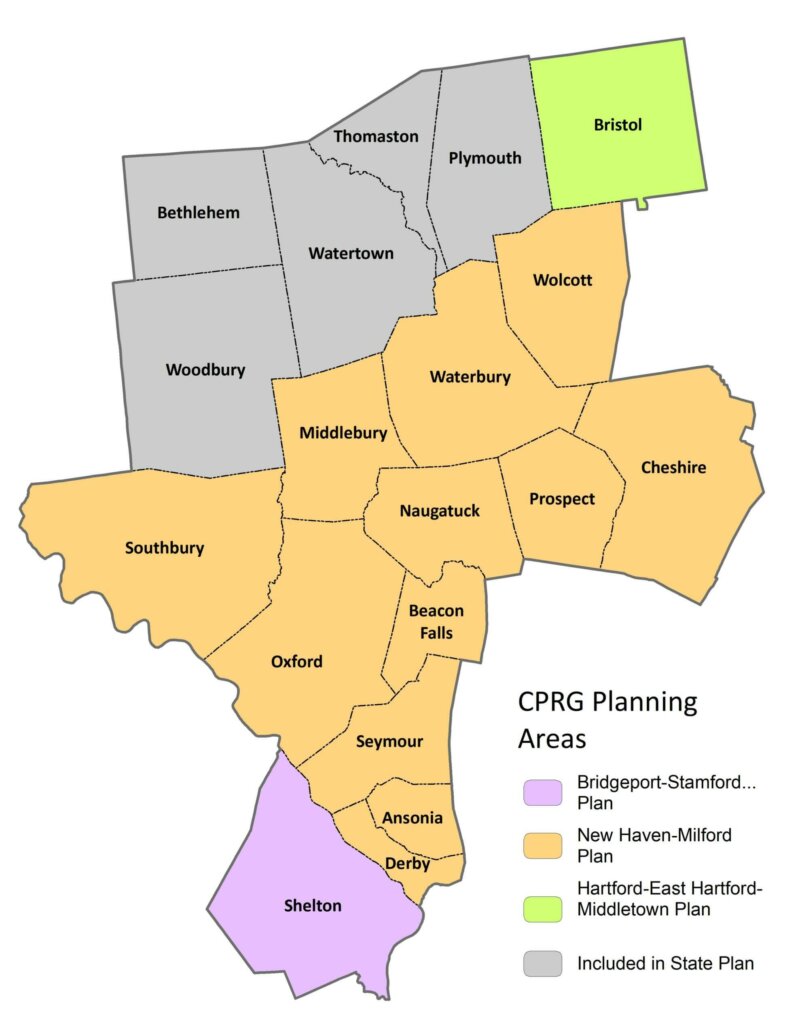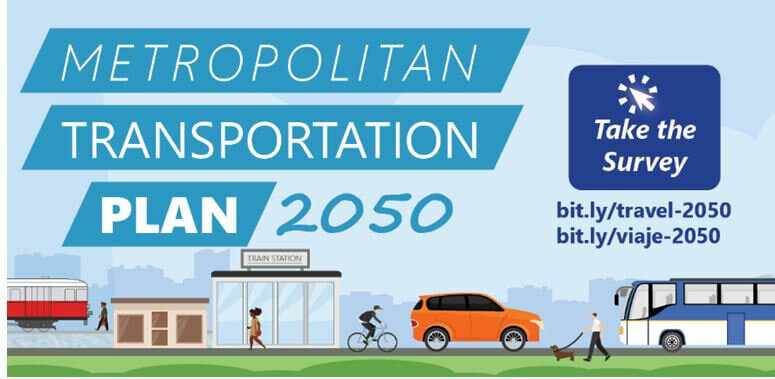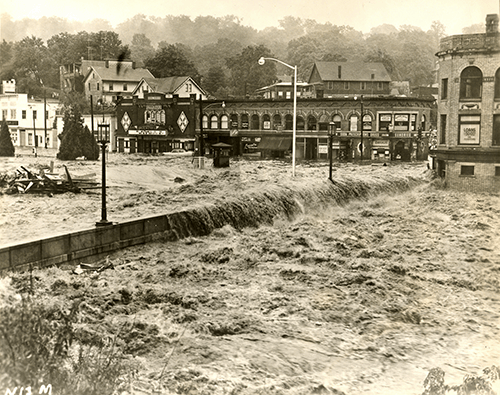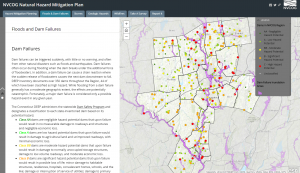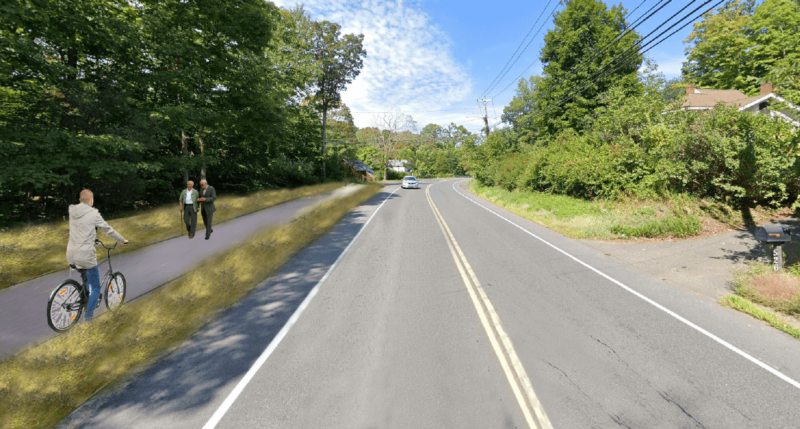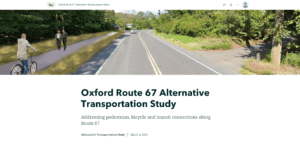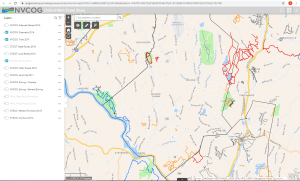The Climate Pollution Reduction Grants (CPRG) are a five-billion-dollar federal program to help state and regional governments reduce greenhouse gases. NVCOG towns are split among several planning regions, each of which is conducting its own GHG assessment and planning GHG reduction measures.
MTP 2050
Regional Hazard Mitigation Plan Update
The final Regional Hazard Mitigation Plan and Municipal Annexes have been posted to the NVCOG Hazard Mitigation Plan webpage. The Plan has been adopted by all 19 NVCOG Communities, and the NVCOG Board endorsed the plan on December 10, 2021. FEMA approved the plan in January, 2022.
In 2019, NVCOG received funding from the Federal Emergency Management Agency (FEMA) to conduct a multi-jurisdictional Natural Hazard Mitigation Plan (NHMP) for all 19 NVCOG municipalities.
An approved NHMP is required by FEMA to qualify a municipality for certain federal mitigation funding. NHMPs must be updated every 5 years. The purpose of this project is to update municipal NHMPs and develop a consolidated multijurisdictional plan for the entire Naugatuck Valley planning region in compliance with FEMA standards and requirements that will serve as the approved NHMP for each NVCOG municipality.
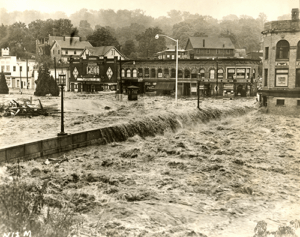
The NHMP will identify natural hazards and risks, existing capabilities, and activities that can be undertaken by a community to prevent loss of life and reduce property damages associated with the identified hazards. Public safety and property loss reduction are the driving forces behind this plan. Careful consideration will also be given to the preservation of history, culture and the natural environment of the region.
Milone & MacBroom Inc. (MMI) was selected to serve as the project consultant. MMI has extensive experience developing NHMPs in the region and across the state. NVCOG is administering the project and has prepared a detailed scope of work in collaboration with MMI. The project is expected to take 18 months and will include extensive public and stakeholder outreach and coordination with various municipal officials and departments.
Interactive Storymap:
Click on the tabs at the top of the Project Storymap and scroll through the narrative to learn about hazards impacting the region and view topical maps.
Staff Contact:
Aaron Budris
Environmental Planning Director
abudris@nvcogct.gov
Oxford Route 67 Alternative Transportation Study
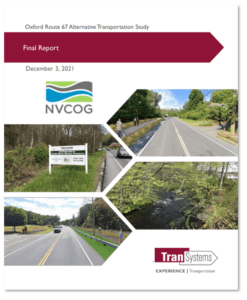
The Town of Oxford has been awarded a $3.4 million Congressionally Directed Spending grant that will pay for building a mile-long multi-use path on Route 67 that is integral to making the center of Oxford more walkable and bicycle-friendly.
Oxford was awarded the grant in December, and the project is in the design phase. The path will run from Dutton Road to Quarry Walk, a mixed-use development with stores, medical and commercial office space and 150 residential units. Plans include three pedestrian bridges to carry the path over water courses, a sidewalk between Oxford Municipal Center/ Town Hall and Academy Road along with lighting, street furniture and crosswalks.
Building a multi-use path for cyclists and walkers along Route 67 is a key component of the Oxford Route 67 Alternative Transportation Study that the town did with NVCOG and the Connecticut Department of Transportation (CTDOT). The Oxford Board of Selection endorsed the final report in February 2022.
The study investigated the potential for bicycle, pedestrian, and transit improvements along Route 67 in Oxford. The study was funded by NVCOG with federal transportation planning funds and was conducted with support by TranSystems, a planning and engineering consultant with offices in Meriden, CT. It was overseen by the Oxford Main Street Committee that was formed in 2017.
A short section of that path opened in 2021 and runs from the Little River Nature Preserve (across from Oxford Town Hall) to Dutton Road.
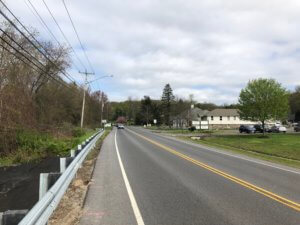
Existing Conditions along Route 67. Note the lack of pedestrian and bicycle accommodations.
Unlike many of its neighbors, Oxford does not have a typical walkable New England downtown or Main Street. Instead, municipal services and commercial areas are dispersed along with residences along State Route 67. Although Route 67 is fundamentally Oxford’s “Main Street,” it had no sidewalks or any safe bicycle or pedestrian access, and traffic speeds are excessive with no visual cues to alert motorists that they are driving through an area where they may encounter walkers or bicyclists. In addition, no public transit is operated along Route 67 that could provide residents an alternative transportation option. Transit options by train on Metro North and by bus on CT Transit are available only one mile from the Oxford town line, but there is currently no way for Oxford residents to safely access these services without a personal motor vehicle.
In Oxford’s 2018 Plan of Conservation and Development, the town prioritized creating more of a downtown feel along Route 67, and the Oxford Main Street Committee has been investigating streetscape improvements, sidewalks and trails within the corridor to improve non-motorized access. The study built on the committee’s prior work to develop a cohesive plan for the entire corridor to better enable the Town to plan, prioritize, and fund future improvements.
Explore Study Findings
The interactive Project Storymap presents the study and potential bicycle and pedestrian improvements to Route 67
Explore the Project Area
The interactive Project Webmap allows users to explore the project corridor in greater detail by turning on and off various data layers that are informing the study:

